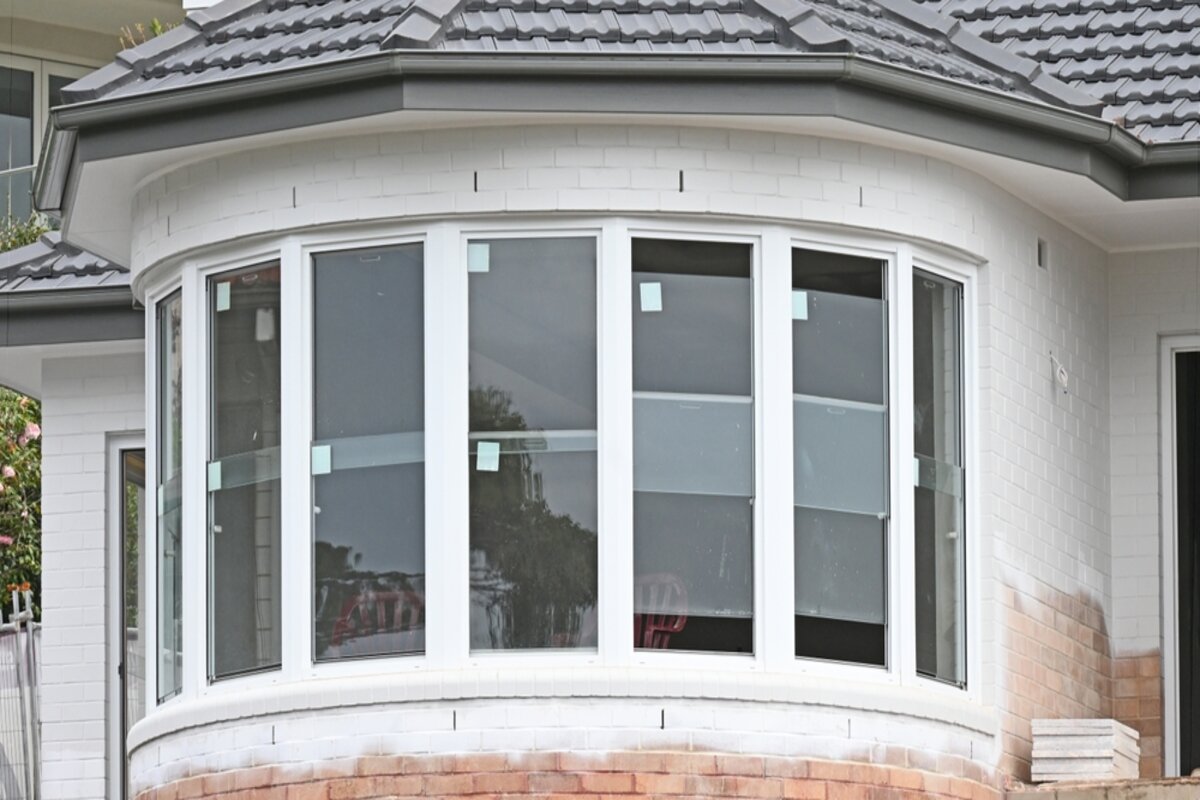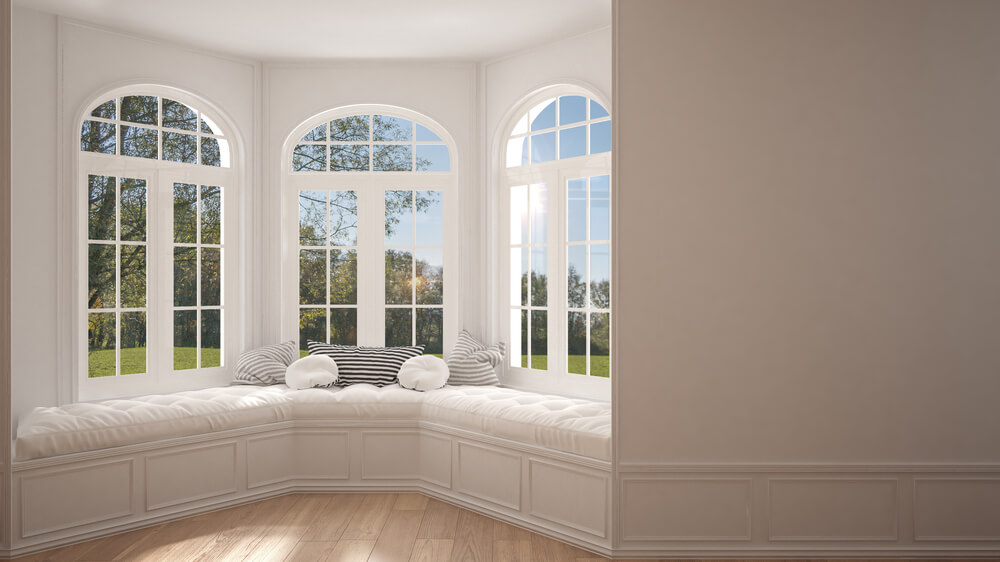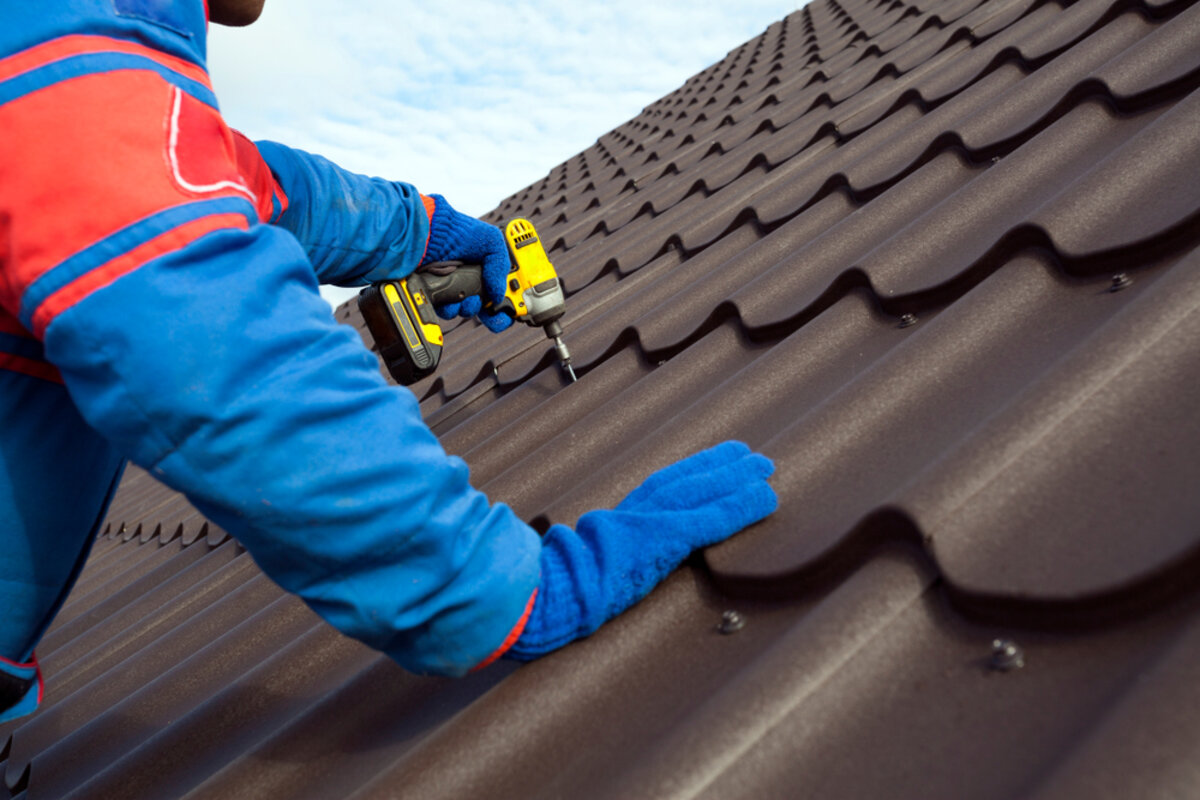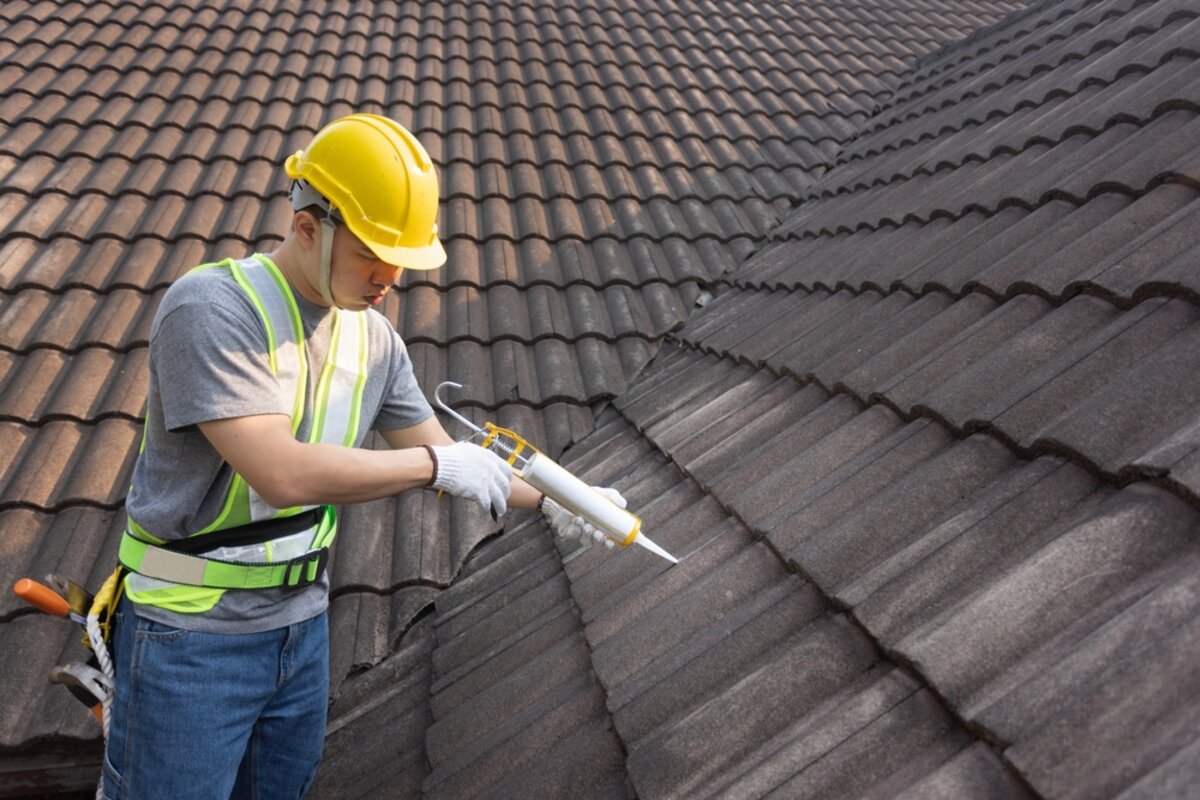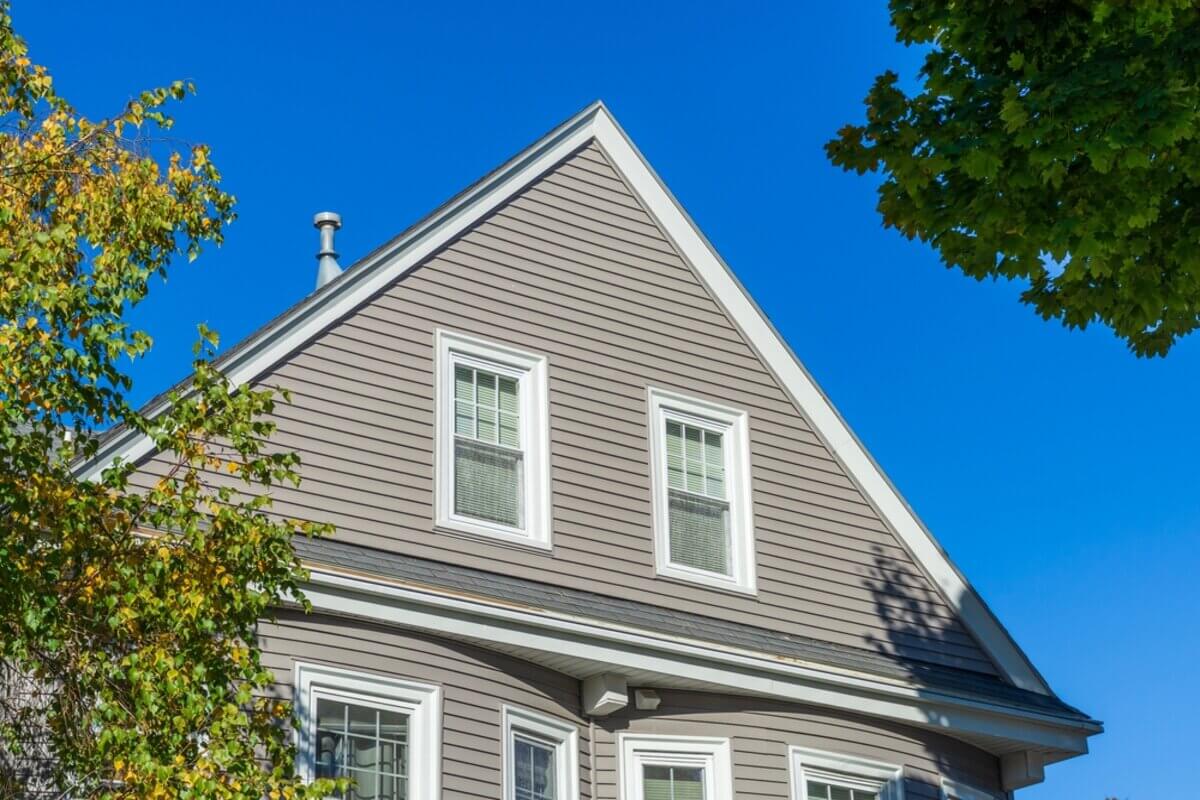Bay and bow windows are architectural features that add character and functionality to homes. They are popular choices for homeowners looking to enhance the aesthetic appeal and functionality of their living spaces. In this article, we will explore what bay and bow windows are, their benefits, drawbacks, and considerations for choosing between them.
Understanding Bay and Bow Windows
What Are Bay Windows?
Bay windows are a type of window that projects outward from the exterior wall of a building. They typically consist of three separate windows: a large central window flanked by two smaller windows on either side. This configuration creates a protruding alcove or bay within the room, which can be used for various purposes such as seating in a living room or displaying decorative items.
What Are Bow Windows?
Bow windows are similar to bay windows but feature a curved or arched design, rather than the angular shape of bay windows. They are composed of multiple windows arranged in a gentle curve, creating a rounded projection from the wall. Like bay windows, bow windows can add architectural interest and create additional interior space.
Benefits of Bay and Bow Windows
Enhanced Natural Light
One of the primary benefits of bay and bow windows is their ability to bring in an abundance of natural light. Their expansive design allows sunlight to enter from multiple angles, brightening up the room and creating a more inviting atmosphere.
Expanded Interior Space
Bay and bow windows extend outward from the wall, creating additional interior space. This extra square footage can be utilized in various ways, such as creating a cozy reading nook, a charming breakfast area, or a space for indoor plants.
Architectural Appeal
Bay and bow windows can significantly enhance the curb appeal of a home. Their distinctive design adds visual interest to the exterior façade and can help make a house stand out in the neighborhood.
Versatility in Design
Bay and bow windows come in a variety of styles, materials, and finishes, allowing homeowners to customize them to suit their preferences and complement the existing aesthetic of their home.
Drawbacks of Bay and Bow Windows
Cost
One potential drawback of bay and bow windows is their higher cost compared to standard windows. The intricate design and larger size of these windows typically result in a higher price tag, which may not be feasible for every budget.
Maintenance
Bay and bow windows require regular maintenance to ensure they remain in good condition. This may include cleaning the glass panes, inspecting and repairing any seals or caulking, and addressing any issues with the frame or hardware.
Limited Privacy
Due to their outward projection, bay and bow windows may compromise privacy, especially if they are installed in street-facing rooms. Homeowners may need to use curtains or blinds to maintain privacy while still allowing natural light to enter.
Space Limitations
While bay and bow windows can create additional interior space, they also take up floor space, which may be limited in smaller rooms or homes. Careful consideration should be given to the placement of these windows to ensure they do not overcrowd the room.
Conclusion
Bay and bow windows are stylish and functional additions to any home, offering benefits such as enhanced natural light, expanded interior space, and architectural appeal. However, they also come with drawbacks such as cost, maintenance requirements, limited privacy, and space limitations. Homeowners should weigh these factors carefully when considering whether to install bay or bow windows in their homes.
If you’re interested in learning more about bay and bow windows or are considering a window replacement project, don’t hesitate to contact Perfect Exteriors today for expert advice and assistance.

